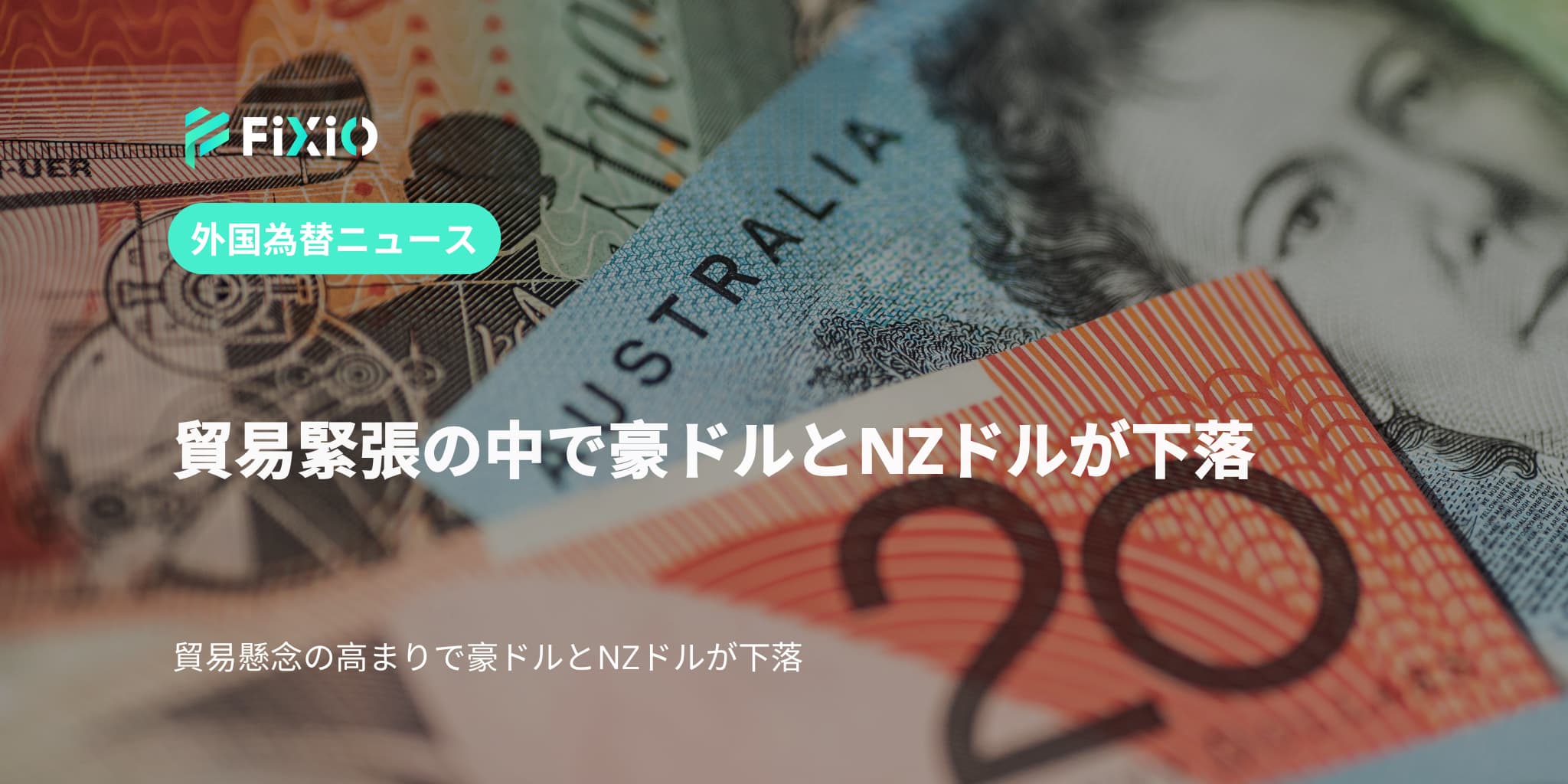
The Australian and New Zealand dollars drop on Monday as market sentiment weakened. U.S. President Donald Trump’s renewed tariff threats caused risk aversion. As a result, investors turned to the U.S. dollar, pushing the Aussie and Kiwi lower.
The Australian dollar dropped to a one-week low of $0.6230 before recovering slightly. By midday, it traded at $0.6262, down 0.1% on the day. Key resistance levels remain at $0.6303 and $0.6330. Last week, the Aussie rallied 1% after hitting a five-year low when Trump escalated trade tensions with Mexico, Canada, and China.
Australia is not a major steel and aluminium exporter to the U.S. However, its largest trading partner, China, will face new tariffs. This development increases uncertainty in global trade and affects investor confidence in the Australian dollar. The currency often serves as a liquid proxy for China’s economic risks.
The New Zealand dollar followed a similar pattern, reaching an intraday low of $0.5637 before climbing to $0.5646. However, it remained 0.2% lower on the day. Resistance stands at $0.5702, last week’s peak.
Market analysts believe further declines are possible if trade tensions escalate. According to Kristina Clifton, an economist at the Commonwealth Bank of Australia, optimism about a U.S.-China trade agreement may fade, adding pressure to the Aussie and Kiwi.
Trump announced a 25% tariff on all steel and aluminium imports into the U.S. Additionally, he plans to impose more reciprocal tariffs later in the week. Beijing has already responded with new tariffs on U.S. goods, showing no indication of diplomatic talks between the two nations.
The ongoing trade dispute has made investors wary. Many use the Australian dollar to hedge against movements in the Chinese yuan. If tensions persist, the Aussie could retest the 61-cent level, as analysts at the Commonwealth Bank of Australia suggest.
In Australia, the Westpac consumer sentiment survey and the NAB business survey will be released on Tuesday. However, these reports are unlikely to influence expectations for a rate cut next week. Traders currently price in a 95% chance of a 25-basis-point rate cut by the Reserve Bank of Australia.
New Zealand has a lighter data calendar until its central bank meeting next Wednesday. The Reserve Bank of New Zealand is widely expected to cut interest rates by 50 basis points. The move aims to counteract weakening economic conditions.
For more updates on Forex market trends and the Australian dollar drop, visit our website: Check the latest market analysis here.
The Australian and New Zealand dollars dropped as trade tensions escalated. Learn how U.S. tariffs impact Forex markets.
Superior trade execution & trading conditions with the NDD method.

The online FX industry provides a platform for investors worldwide to engage in the buying and selling.

Subscribe to our daily newsletter and get the best forex trading information and markets status updates
Trade within minutes!
Comment (0)